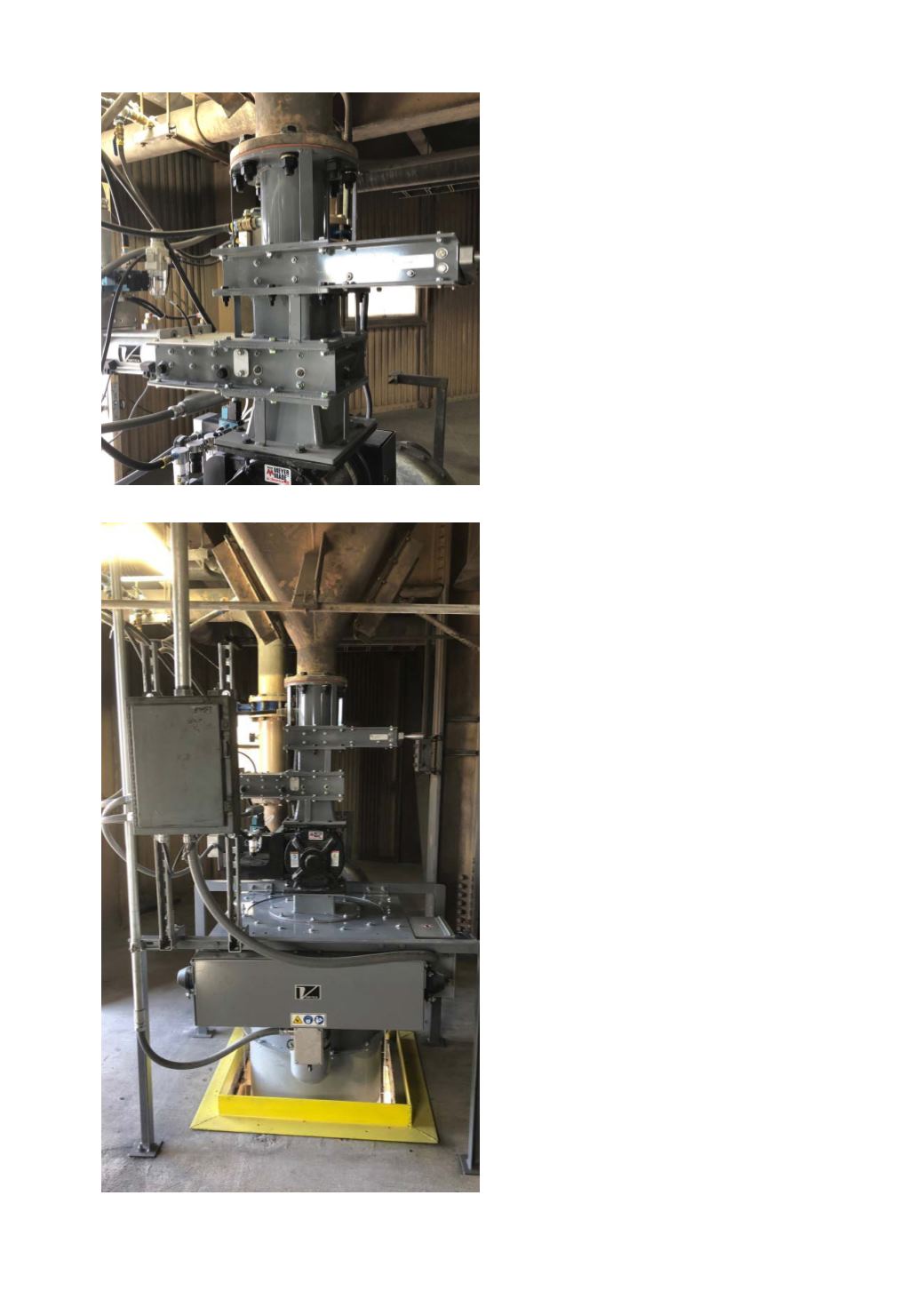
50
World Cement
North America 2019
Fresh concrete
z
z
Improved workability: flyash particles
are spherical and act like miniature
ball bearings in the mix. This reduces
frictional losses during the pumping
process and makes it easier to work the
concrete as it is being finished.
z
z
Water demand: when flyash is
concentrated at approximately 20% of
total cementitious compounds, water
demand is reduced by approximately
10%.
z
z
Reduced heat: flyash can reduce the heat
of hydration in concrete.
Hardened concrete
z
z
Increased strength: flyash reacts with
lime to make the cement harder.
z
z
Reduced permeability: the decrease in
water usage decreases permeability.
z
z
Improved durability: a decrease in
free lime, increase in cementitious
compounds, and reduction in
permeability create a more durable
concrete.
Factors to consider
About 43% of flyash is recycled. Much of the
remaining flyash is disposed of in local landfills.
While it is beneficial to the cement industry,
sources of flyash are often not geographically
close enough to make the added
transportation a cost-effective alternative.
Ball Sales’ customer knew that the terminal
facility would create a larger market for flyash
producers so that more material could be
recycled and less material had to be disposed
of. In addition, it would offer a centrally‑located
source of supply, opening up new demand
opportunities for local cement producers.
The customer considered the idea of
converting an existing rail terminal, if it
could get it leased. It would definitely
require telescoping loading spouts that
could be equipped with dust collection at
the loading point. Due to flyash’s high silica
concentration, the terminal would require
telescoping loading spouts equipped with
dust collection on the loading point. Each
spout would require a maintenance gate,
process gate, and plug valve to control the
aerated flyash as it discharged from the silo
through the spout.
As a follow up to the first meeting, Brady
met with the customer at the proposed plant.
He made notes as to important dimensions,
as well as factors relative to the application.
These included the following:
Valve stackup between the silo and the loading spout.
Loading spout mounted on the floor beneath the silo.








